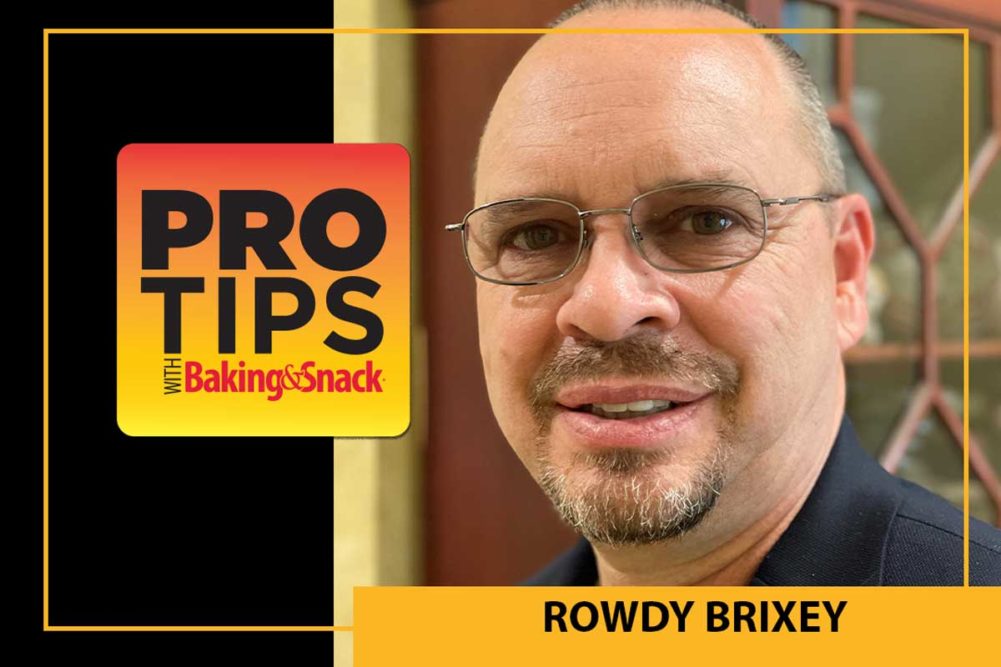Pro Tip: Use these step-by-step procedures to change the culture and encourage continuous improvement in your operation.
As I look back on my 40 years in the baking industry, there is no one tool that has been more important or impactful in turning around troubled bakeries than the Work Follow-Up Form.
At first glance one might not see or understand the true magic contained in this simple one-page document so let me walk you through the process.
- GOAL (Get Out And Look) Be visible on the floor as often as you can.
- Observe things that are important in a holistic way. Look for people safety, food safety, quality, reliability, performance and sanitation.
- Communicate your findings, especially the opportunities and the positives, to the person responsible for the condition of the asset as it relates to your findings.
- Quantify your findings on a 1 to 5 scale. Here’s how this ranking works:
1 - Completely unacceptable and many findings.
2 - Several opportunities and findings.
3 - Acceptable asset conditions but paperwork not in order.
4 - Exactly what you expect, no more and no less.
5 - Better than what you expected or requested.
- Follow up and document your findings, and most importantly, coach up the gaps if the results fall in the range of 1 through 3. This is the real magic because you will either commit to more training or, at some point, realize the associate might not be a good fit for the assigned role or task.
Don’t forget to acknowledge those 4 and 5 ratings, but at the same time, don’t give out a level 4 or 5 rating unless it’s truly deserved. This will encourage a continuous improvement culture.
Keep in mind that a program like this must be administered fairly and consistently across the entire department or facility. Supervisors must receive proper training to ensure everyone understands how to rate asset conditions in a similar fashion so to avoid confusion and unfair feedback. Resist overrating or only picking non-critical assets to observe.
If you are looking for the logical way to understand what you should inspect first, just review last week’s downtime events and pick the asset that impacted you the most. Odds are, there will be lots to see and plenty of opportunities to target and improve.
Remember, don’t expect what you don’t inspect because you’ll get what you allow.
Rowdy Brixey is founder and president of Brixey Engineering Inc. You can connect with him at LinkedIn.





